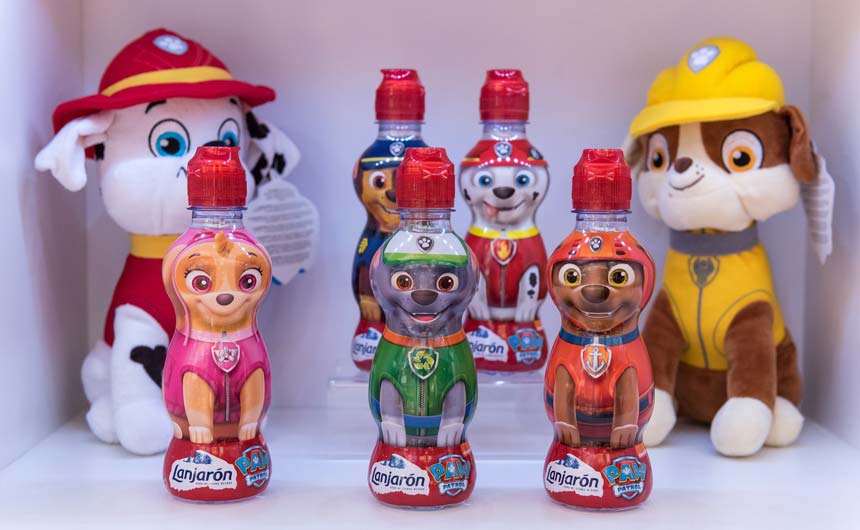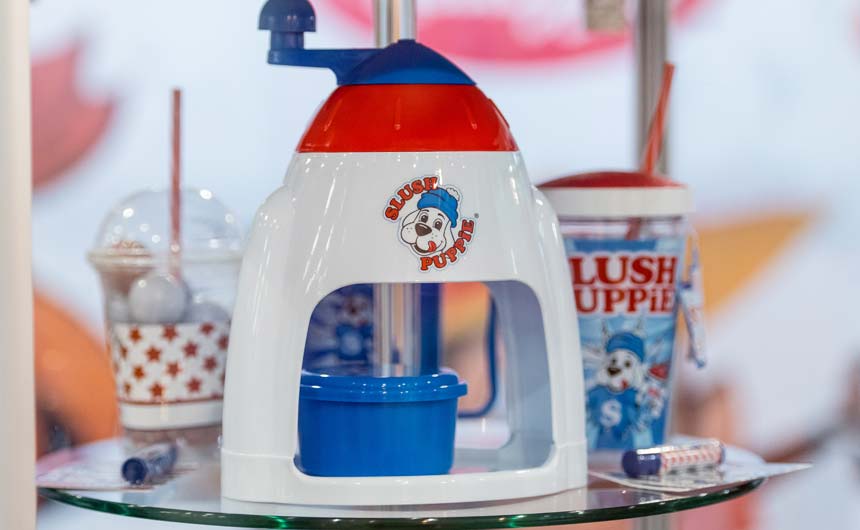BLE’s Anna Knight on why food and drink is one of the most robust categories in licensing.
They say there are two things in life we can be certain of: death and taxes. I’m not so sure. I’d like to add a third: that for as long human beings roam this earth we will always need to eat and drink. Water and food – they are both up there on Maslow’s Hierarchy of Needs and for good reason: without them, we would be no more.
Eating and drinking fulfils a rather basic physiological need and performs an important social function; one of shared experiences, passion, a desire to learn, a connection, a sense of belonging.
So, when it comes to business, what better investment to make than in something that is impossible to not be in demand. What, where, how, when and why we consume food and drink may all be up for debate, but not the ‘whether’.
This is one of the reasons the food and beverage category is one of the most robust within licensing and one of the few categories that can rely on the stable provision of retail shelf space. It’s also one of the fastest growing categories. According to LIMA’s 2017 Global Licensing Report, it was worth 6% of global retail sales of licensed merchandise in 2016.
Why’s it doing so well? Well apart from being ‘evergreen’, it’s also incredibly innovative and dynamic, reinventing itself continuously in line with new trends and lifestyle choices. Health and fitness has been a huge influence over the sector since the 80s, but most recently the whole wellbeing and clean-eating phenomenon has had a huge impact on the category with no signs of fading any time soon.

Going back to LIMA’s report, three major trends were cited as drivers behind its growth.
- Clean and simple: This trend is here to stay. Consumers have many options for purchasing clean, simple foods and beverages at retail and in order to be successful in today’s market, licensed products need to follow suit.
- Healthy living: Brands associated with vegetables or that have strong organic/all-natural equities are ripe for licensing into vegetarian/vegan foods and beverages.
- Vegetarianism and veganism: Consumers are increasingly looking for protein options outside of meat products. There’s a white space for a strong, national brand in this category.
The other interesting thing about F&B is that, when it comes to licensing, it’s inclusive: it embraces licensors and licensees and provides significant opportunities for both.
For example, F&B manufacturers and brand owners can use licensing to extend from one food category to another. A good example is the ice cream and ice lolly manufacturer Brand of Brothers who work with Tango and R Whites Lemonade, or Jack Daniels barbecue sauces. This also allows the licensor to branch out into new categories and dominate more shelf space within grocery.

Licensing can also be used to take a non-food license into food. Celebrity chefs are the epitome of this, from Lloyd Grossman’s cooking sauces, to Paul Hollywood’s scone mix and Men’s Health ready meals.
And then there are the food brands that can use licensing to extend their range into non-food categories, such as Pringles pencil cases, Chupa Chups handbags, Coca-Cola tee shirts and Jamie’s homewares.
It’s this diversity which makes F&B so exciting and the reason BLE has adopted it as this year’s theme. And given how all-encompassing it is, we really do want the entire industry to contribute and collaborate with us to create a truly vibrant celebration at Olympia this October.
Anna Knight is brand director for Brand Licensing Europe, which takes place from October 9-11 at London’s Olympia. She can be contacted on anna.knight@ubm.com.
































